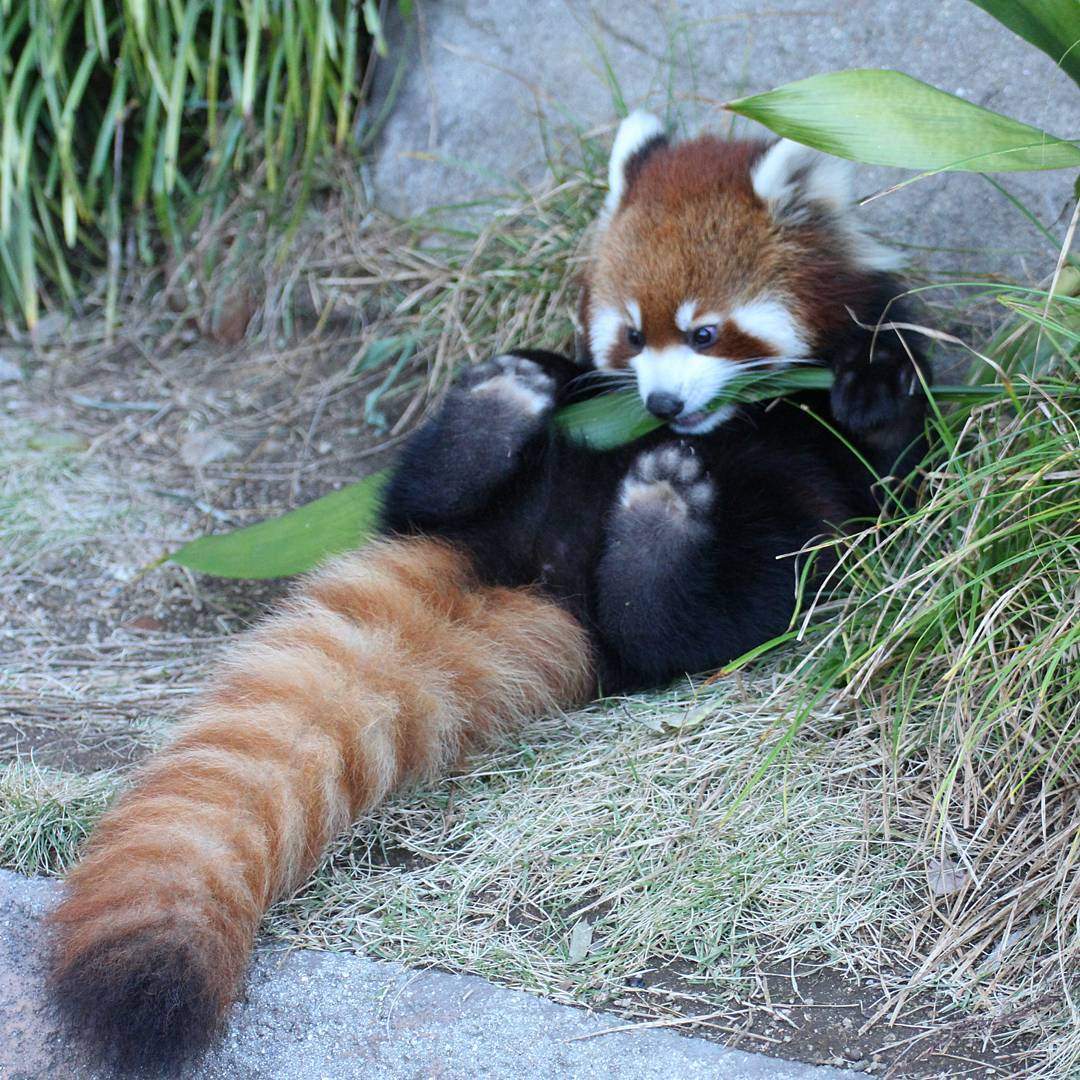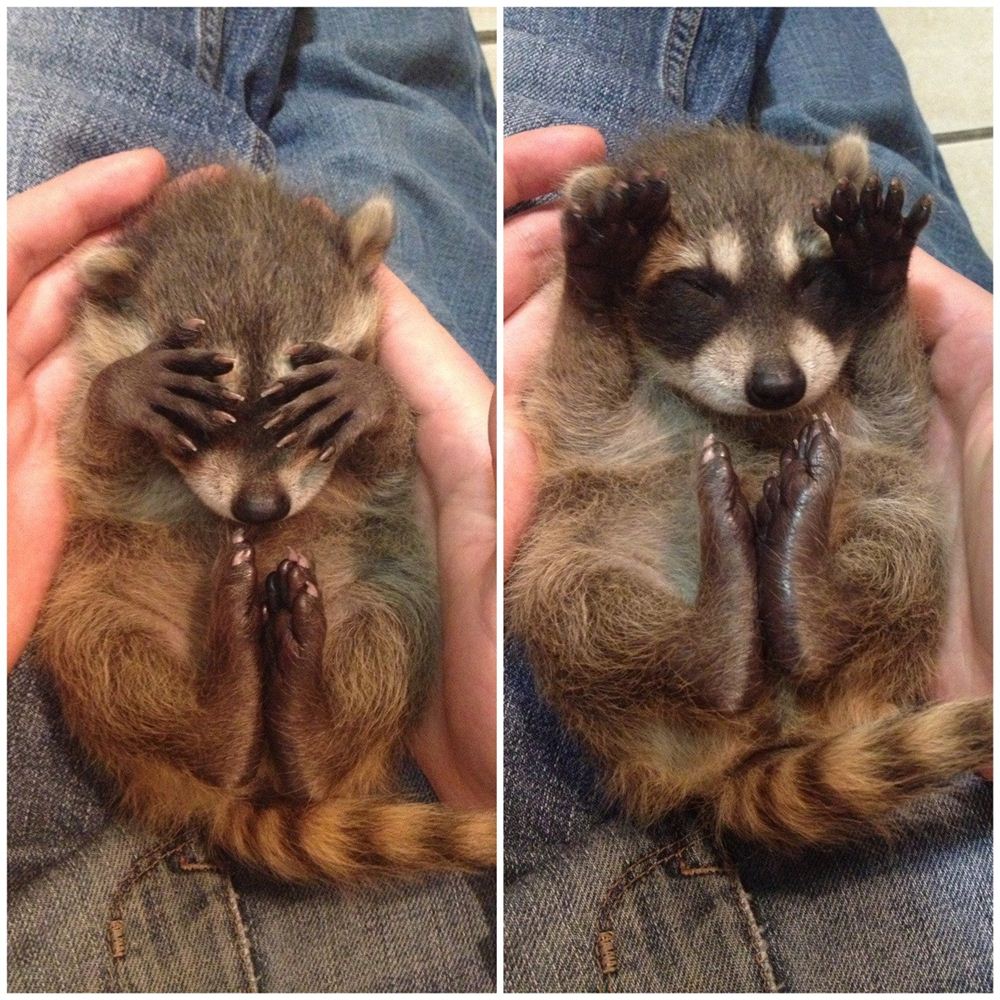When it comes to the animal kingdom, there are many creatures that inspire awe and admiration. However, nestled among the majestic lions and graceful dolphins, there exists a collection of animals that leave us in stitches with their silly antics and peculiar appearances. The silliest animals have an extraordinary way of captivating our hearts and tickling our funny bones. From their goofy behaviors to their unusual features, these creatures remind us that the natural world is not only beautiful but also delightfully amusing.
Whether it’s a playful monkey swinging from branches or a clumsy penguin waddling on the ice, the silliest animals inhabit every corner of our planet. They often find themselves in situations that seem almost comical, showcasing their knack for hilarity. Observing these creatures can provide us with endless entertainment and a deeper appreciation for the eccentricities of life. So, let’s embark on a journey to explore the silliest animals that walk, swim, and fly across our Earth!
In this article, we will dive into the world of the silliest animals, unveiling their quirks and charms. We will answer intriguing questions about their behaviors and appearances while highlighting some of the most whimsical creatures that nature has to offer. Are you ready to discover the joy of the silliest animals with us?
What Makes Animals Silly?
When we think of the silliest animals, several characteristics come to mind. But what exactly qualifies an animal as "silly"? Here are a few traits that contribute to their comedic reputation:
- Unusual physical features, such as big eyes or unique shapes
- Comical behaviors, like clumsy movements or playful antics
- Funny vocalizations or sounds
- Interactions with other animals that seem playful or awkward
These factors combined create a delightful spectacle, making us smile and laugh at the antics of these charming creatures.
Which Animals Are Considered the Silliest?
While many animals could fit the bill for being silly, a few stand out due to their unique characteristics and behaviors. Here are some of the contenders for the title of the silliest animals:
1. The Capybara
Known as the world's largest rodent, capybaras are social animals often seen lounging in groups. Their serene demeanor and willingness to interact with other species, including birds and monkeys, make them a favorite among animal lovers. Plus, their expression often resembles a perpetual smile, adding to their silliness!
2. The Aye-Aye
This nocturnal lemur from Madagascar has an unusual appearance, featuring large eyes, bat-like ears, and an elongated middle finger used for tapping on trees to find grubs. The aye-aye’s unique foraging method and its quirky look make it one of the silliest animals in the jungle.
3. The Pika
Pikas are small, mountain-dwelling mammals known for their adorable appearance and loud calls. Their round bodies and high-pitched voices often lead them to be described as the "cute little clowns" of the mountains. Their tendency to collect and hoard food also adds a layer of humor to their existence.
4. The Flamingo
With their long legs and necks, flamingos are often seen standing on one leg, creating a whimsical sight. Their vibrant pink color and unique feeding behavior, where they filter-feed upside down, further contribute to their silly image.
Why Do We Find These Animals Silly?
The silliness of these animals often stems from their unexpected behaviors and appearances that deviate from our preconceived notions of how animals should act. Our human tendency to anthropomorphize—assigning human emotions and traits to animals—also plays a role in how we perceive their silliness. By finding humor in their quirks, we connect on a deeper level with the natural world.
How Do Silliest Animals Adapt to Their Environment?
Many of the silliest animals have developed unique adaptations that contribute to their quirky behaviors. For example:
- Capybaras socialize in groups for safety and companionship, which often results in playful interactions.
- Aye-ayes use their exceptional sense of hearing and unique tapping method to locate food hidden within trees.
- Pikas gather and store food to prepare for harsh winters, often seen carrying large amounts of grass back to their burrows.
- Flamingos filter feed by using their specialized beaks, creating amusing feeding postures.
These adaptations not only help them survive but also enhance their silly behaviors, making them even more endearing.
What Role Do Silliest Animals Play in Their Ecosystems?
The silliest animals are not just amusing; they also play vital roles in their ecosystems. For instance:
- Capybaras help control aquatic vegetation and serve as prey for larger predators.
- Aye-ayes contribute to forest health by aiding in seed dispersion and pest control.
- Pikas serve as an important food source for predators and play a role in alpine ecosystems.
- Flamingos help maintain the balance in their habitats by regulating food sources and competing species.
Thus, while they bring us joy and laughter, these animals are integral to maintaining healthy ecosystems.
Can We Learn from the Silliest Animals?
Observing the silliest animals can provide valuable lessons about life, adaptability, and the importance of humor. Their playful antics remind us not to take life too seriously and to embrace the lighter side of existence. In a world filled with challenges, the joy that these animals bring can serve as a reminder to appreciate the little things and to celebrate our unique quirks.
What Can We Do to Protect These Silliest Animals?
As we delve into the world of the silliest animals, it's vital to recognize the threats they face. Here are some ways we can help protect these charming creatures:
- Support conservation efforts aimed at preserving their habitats.
- Educate others about the importance of biodiversity and the roles these animals play in their ecosystems.
- Reduce our carbon footprint to combat climate change, which disproportionately affects wildlife.
- Participate in local clean-up efforts to keep natural habitats free from pollution.
By taking these steps, we can ensure that future generations will also have the chance to enjoy the antics of the silliest animals.
Conclusion: Embracing the Silliest Animals
The world is filled with the silliest animals that bring joy, laughter, and invaluable lessons to our lives. From the capybara to the flamingo, these creatures remind us of the beauty of nature's quirks and the importance of maintaining our ecosystems. By celebrating these animals and advocating for their protection, we can continue to enjoy their silly antics for years to come. So, let’s cherish the silliest animals, for they play a vital role not only in our ecosystems but also in our hearts.
Unveiling The Life Of Micah Williams: Katt Williams’ Son
Heartfelt Long Happy Birthday Messages For Her
Captivating Pictures Of Karen Grassle: A Glimpse Into Her Life And Career


